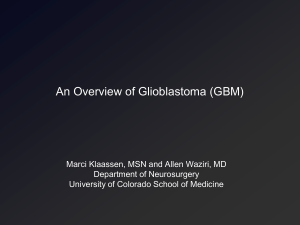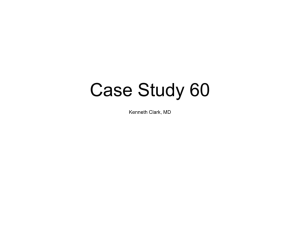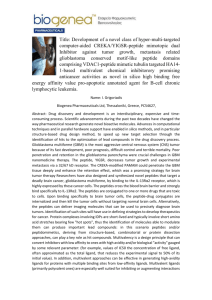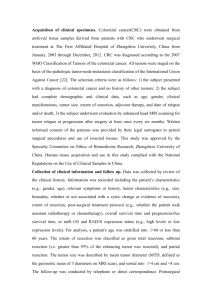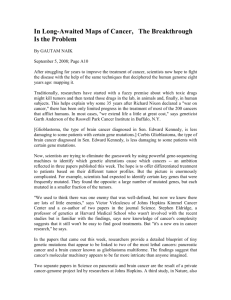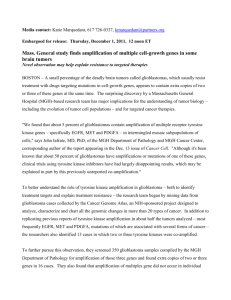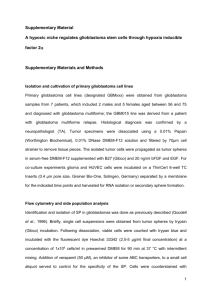Why do Glioblastomas relapse after anti-angiogenic
advertisement
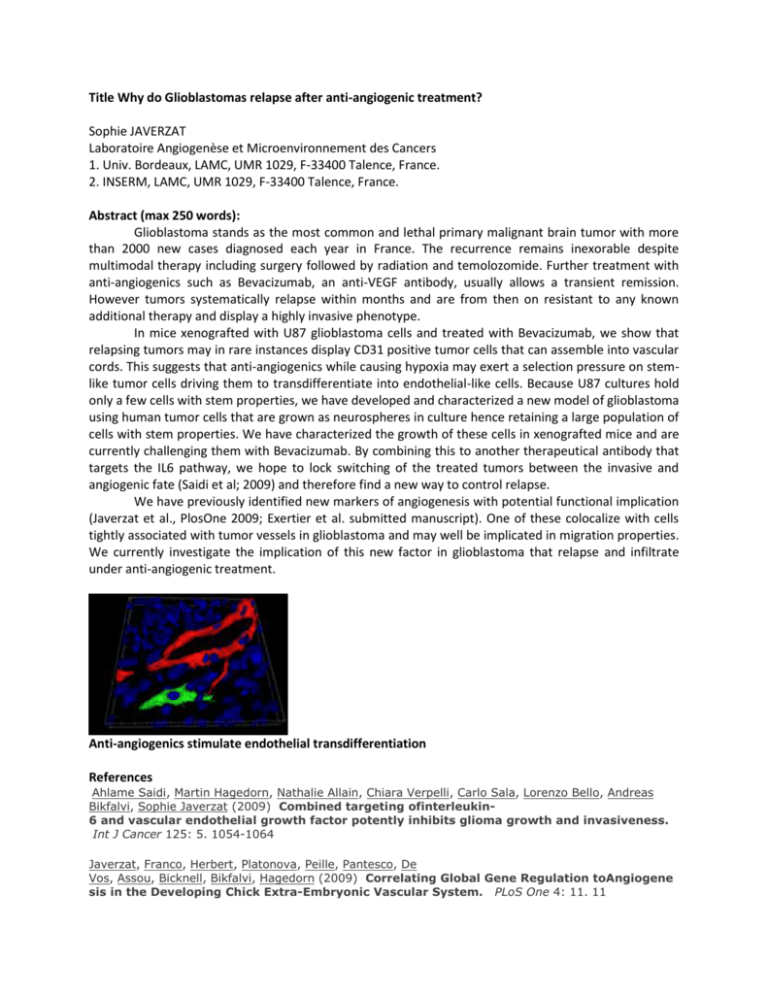
Title Why do Glioblastomas relapse after anti-angiogenic treatment? Sophie JAVERZAT Laboratoire Angiogenèse et Microenvironnement des Cancers 1. Univ. Bordeaux, LAMC, UMR 1029, F-33400 Talence, France. 2. INSERM, LAMC, UMR 1029, F-33400 Talence, France. Abstract (max 250 words): Glioblastoma stands as the most common and lethal primary malignant brain tumor with more than 2000 new cases diagnosed each year in France. The recurrence remains inexorable despite multimodal therapy including surgery followed by radiation and temolozomide. Further treatment with anti-angiogenics such as Bevacizumab, an anti-VEGF antibody, usually allows a transient remission. However tumors systematically relapse within months and are from then on resistant to any known additional therapy and display a highly invasive phenotype. In mice xenografted with U87 glioblastoma cells and treated with Bevacizumab, we show that relapsing tumors may in rare instances display CD31 positive tumor cells that can assemble into vascular cords. This suggests that anti-angiogenics while causing hypoxia may exert a selection pressure on stemlike tumor cells driving them to transdifferentiate into endothelial-like cells. Because U87 cultures hold only a few cells with stem properties, we have developed and characterized a new model of glioblastoma using human tumor cells that are grown as neurospheres in culture hence retaining a large population of cells with stem properties. We have characterized the growth of these cells in xenografted mice and are currently challenging them with Bevacizumab. By combining this to another therapeutical antibody that targets the IL6 pathway, we hope to lock switching of the treated tumors between the invasive and angiogenic fate (Saidi et al; 2009) and therefore find a new way to control relapse. We have previously identified new markers of angiogenesis with potential functional implication (Javerzat et al., PlosOne 2009; Exertier et al. submitted manuscript). One of these colocalize with cells tightly associated with tumor vessels in glioblastoma and may well be implicated in migration properties. We currently investigate the implication of this new factor in glioblastoma that relapse and infiltrate under anti-angiogenic treatment. Anti-angiogenics stimulate endothelial transdifferentiation References Ahlame Saidi, Martin Hagedorn, Nathalie Allain, Chiara Verpelli, Carlo Sala, Lorenzo Bello, Andreas Bikfalvi, Sophie Javerzat (2009) Combined targeting ofinterleukin6 and vascular endothelial growth factor potently inhibits glioma growth and invasiveness. Int J Cancer 125: 5. 1054-1064 Javerzat, Franco, Herbert, Platonova, Peille, Pantesco, De Vos, Assou, Bicknell, Bikfalvi, Hagedorn (2009) Correlating Global Gene Regulation toAngiogene sis in the Developing Chick Extra-Embryonic Vascular System. PLoS One 4: 11. 11
